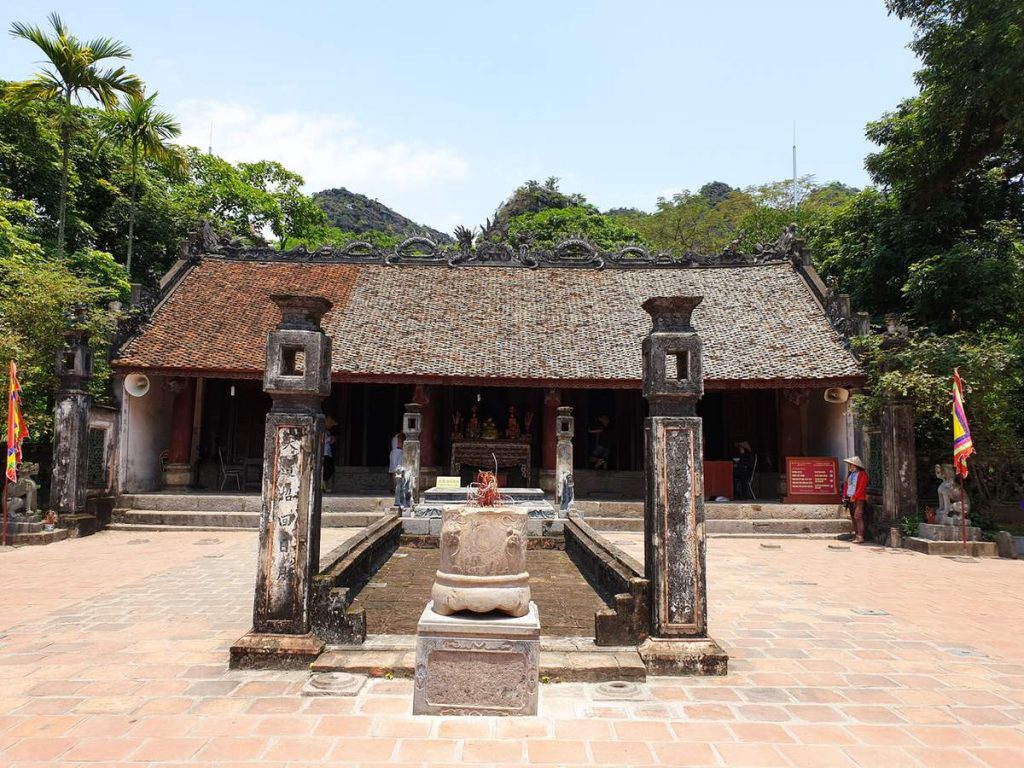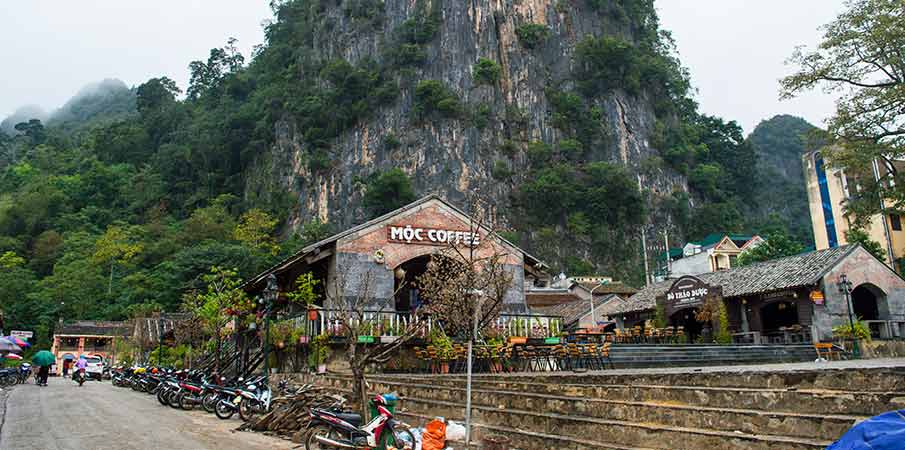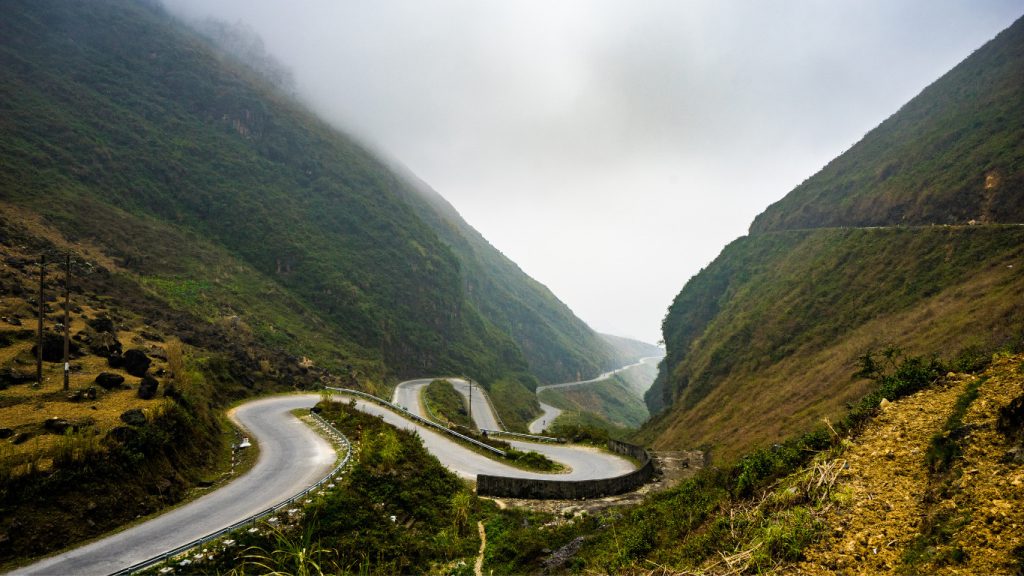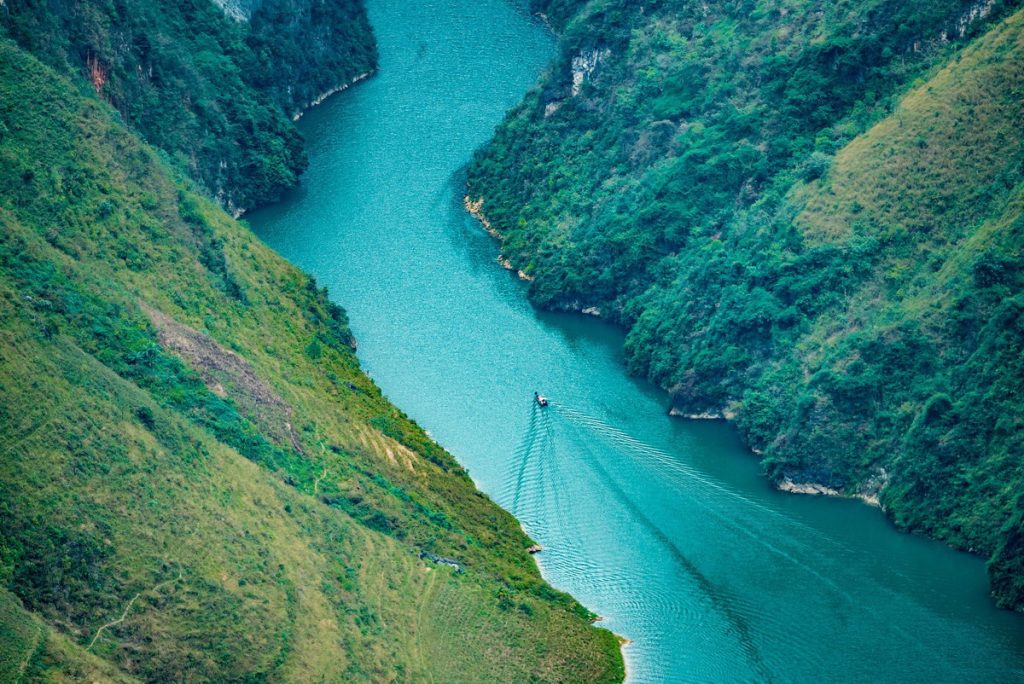Halong Bay – A guide basic for the trip
Halong Bay, a UNESCO World Heritage Site in northeastern Vietnam, is famed for its stunning scenery of limestone karsts and islets jutting out of emerald waters. Visitors can cruise among these picturesque formations, explore caves like Sung Sot Cave, and engage in activities such as kayaking and swimming. Cultural experiences include visits to floating fishing villages. Conservation efforts aim to preserve this natural wonder amid its growing popularity. Accessible from Hanoi, Halong Bay offers a memorable escape into Vietnam’s natural beauty and cultural richness.
I. When is the best time to visit Halong Bay Vietnam?
The best time to visit Halong Bay in Vietnam is generally during the dry season, which spans from October to April. Within this period, the optimal months are October, November, and March. These months offer pleasant weather with cooler temperatures, lower humidity, and minimal rainfall, creating ideal conditions for exploring the bay’s stunning landscapes, cruising, kayaking, and other outdoor activities.
Specifically:
- October and November: These months are typically considered the best time to visit Halong Bay. The weather is cool and comfortable, and the skies are clear, providing excellent visibility of the limestone karsts and islets.
- March: Another excellent month to visit, March offers similar weather conditions to October and November, making it a great time for sightseeing and outdoor adventures.
During these months, you can expect calm seas, which are perfect for cruising and enjoying the natural beauty of Halong Bay without the disruptions of heavy rainfall or stormy weather. It’s advisable to plan and book your trip in advance, especially if visiting during peak season (October to November), to ensure availability and avoid larger crowds.
II. What to do in Halong Bay Vietnam
The bay, spanning 1,500 square kilometers, is nestled along the Vietnamese coastline just south of the Chinese border. It is adorned with thousands of uninhabited islands, floating fishing villages, and intricate cave systems that are rich with fossils, unique rock formations, and legends that add to its mystique and allure.
- Diving to explore coral reefs
While many travel guides emphasize the above-water scenery, beneath the surface lies a thriving ecosystem in Ha Long Bay. The bay hosts over 140 coral species, including rare varieties, covering significant portions—up to 30 to 60 percent—of areas like Cong Do Island. Strict regulations and geographic isolation here safeguard marine life from potential threats such as boat traffic, pollution, and human disturbances.
Embark on a diving expedition to explore these coral reefs and witness a variety of marine life like starfish, seahorses, and sea turtles in the crystal-clear waters. Discover intricate cave systems and underwater grottos that harbor entire ecosystems. Whether you’re a novice or seasoned diver, you can join a diving school for guided trips or opt to snorkel around deeper waters from a boat.
- Cruising on Ha Long Bay
Ha Long Bay is best explored from a boat, with options ranging from half-day cruises on traditional junk boats to faster yachts that shuttle between islands. Longer trips spanning two to three days allow for relaxation and full immersion in the bay’s beauty, with onboard meals, cocktails, and sightseeing included.
Spending days aboard a yacht offers daytime cruising and nights gently rocked by ocean currents—a luxurious experience complemented by stargazing from the deck. Cruises often include buffet meals, cooking classes, and guided tours to private beaches and fishing villages. Tailor your trip with spa treatments, yoga at sunrise, or adventurous pursuits like deep-sea diving and squid fishing under moonlight.
For hands-on exploration, kayak around the bay’s karsts. Kayaking offers an intimate view of limestone formations, caves, and floating villages. The calm waters allow for leisurely paddling and swimming stops before returning to the yacht for sunset cocktails and dining.
Ha Long Bay offers varied experiences aboard well-equipped boats, catering to relaxation, adventure, or a mix of both, ensuring a memorable journey through this UNESCO World Heritage site.
- Embark on an adventure through stunning caves.
Ha Long Bay boasts numerous caves, each a testament to its millions of years of geological history. Sung Sot, Me Cung, and Thien Cung stand out among them.
Sung Sot Cave impresses with its immense size and inner chambers adorned with uniquely shaped stalactites and stalagmites. Accessible via a steep hike, this 10,000 square meter cave system leads visitors through two caverns illuminated by natural light, creating vivid formations resembling elephants, mammoths, horses, and military figures.
Me Cung Cave, the oldest in Ha Long Bay, features a narrow entrance and a complex network of chambers and tunnels adorned with fossils, stalactites, and stalagmites. Archaeological finds suggest the presence of ancient periwinkle fossils dating back over 10,000 years.
Completing the trio, Thien Cung Cave is celebrated for its beauty and mythical allure. Legend has it that it was once the residence of the Dragon King and his consort, May. Soft colored lights now illuminate the cave, casting ethereal shadows that enhance its mythical ambiance. The cave’s ceiling openings allow heavenly beams to penetrate, providing a dramatic backdrop to the mythical tales. Exiting the cave reveals a breathtaking panoramic view of Ha Long Bay—a scene befitting its legendary inhabitants.
These caves—Sung Sot, Me Cung, and Thien Cung—offer visitors a glimpse into the rich geological and mythical heritage of Ha Long Bay, making them must-visit attractions for those exploring this UNESCO World Heritage site.
- Admire the breathtaking scenery from a seaplane
For those captivated by breathtaking aerial views, experiencing Ha Long Bay from a seaplane is a must-do activity. Flying high above the emerald waters and limestone karsts, passengers are treated to panoramic perspectives of the bay’s stunning landscapes.
You have the choice between two options: a 25-minute scenic flight exclusively over Ha Long Bay or a longer 45-minute journey that departs from Hanoi and includes a flight to Ha Long Bay. Whether you opt for a shorter exploration focused solely on the bay or a more extensive journey starting from Hanoi, both options guarantee mesmerizing aerial vistas of this iconic destination.
- Explore Cua Van Fishing Village
Visiting Cua Van Floating Village is a highlight of any trip to Ha Long Bay, Vietnam. Home to over 300 households primarily engaged in fishing, this village features floating houses built along the rocky edges of islands. Deeply connected to the sea, the villagers consider their boats as homes and the bay as their homeland.
Exploring Cua Van Fishing Village reveals a picturesque sight of boats moored beside floating houses. Visitors can meet skilled fishermen and interact with friendly local children. As night descends, tourists have the opportunity to join villagers in squid fishing and hear captivating stories that enrich the immersive experience of this enchanting village in Ha Long Bay.
III. How to get to Halong Bay from Hanoi
Traveling from the bustling capital city of Hanoi to the UNESCO World Heritage Site of Ha Long Bay promises a journey into breathtaking natural beauty and unforgettable experiences. Understanding how to navigate this journey is crucial for maximizing your adventure. To travel from Hanoi to Halong Bay, you have a few transportation options:
- Shuttle Bus or Private Car: Many tour companies and hotels offer shuttle buses or private cars that can take you directly from Hanoi to Halong Bay. The journey typically takes around 3 to 4 hours, depending on traffic.
- Public Bus: You can take a public bus from Hanoi’s Gia Lam or My Dinh bus stations to Bai Chay or Hon Gai in Halong City. Buses run regularly throughout the day, but schedules may vary, so it’s advisable to check in advance.
- Train: While there is no direct train service to Halong Bay, you can take a train from Hanoi to Haiphong, and then a bus or taxi from Haiphong to Halong Bay. The train journey from Hanoi to Haiphong takes about 2.5 to 3 hours.
- Seaplane: For a more scenic and quicker journey, you can take a seaplane from Hanoi to Halong Bay. This option offers stunning aerial views of both Hanoi and Halong Bay.
- Private Tour: Many travelers opt for organized tours that include transportation from Hanoi to Halong Bay, along with accommodation and activities in the bay.
Whichever mode of transportation you choose, it’s recommended to book in advance, especially during peak tourist seasons, to secure your preferred schedule and ensure a smooth journey.
By the way, a new beautiful place called Ha Giang loop which is very interesting, check this out: https://www.getyourguide.com/hanoi-l205/from-hanoi-3-day-ha-giang-loop-small-group-t739208
For Lan Ha Bay & Halong Bay trip, check this out: https://www.getyourguide.com/ha-long-l119790/from-ha-noi-2-day-lan-ha-ha-long-bay-5star-with-balcony-t739040/
Or https://www.tripadvisor.com/AttractionProductReview-g3737857-d28097153-Lan_Ha_Bay_Ha_Long_Bay_5_Stars_Private_balcony_2_days_trip-Tuan_Chau_Island_Halon.html


















